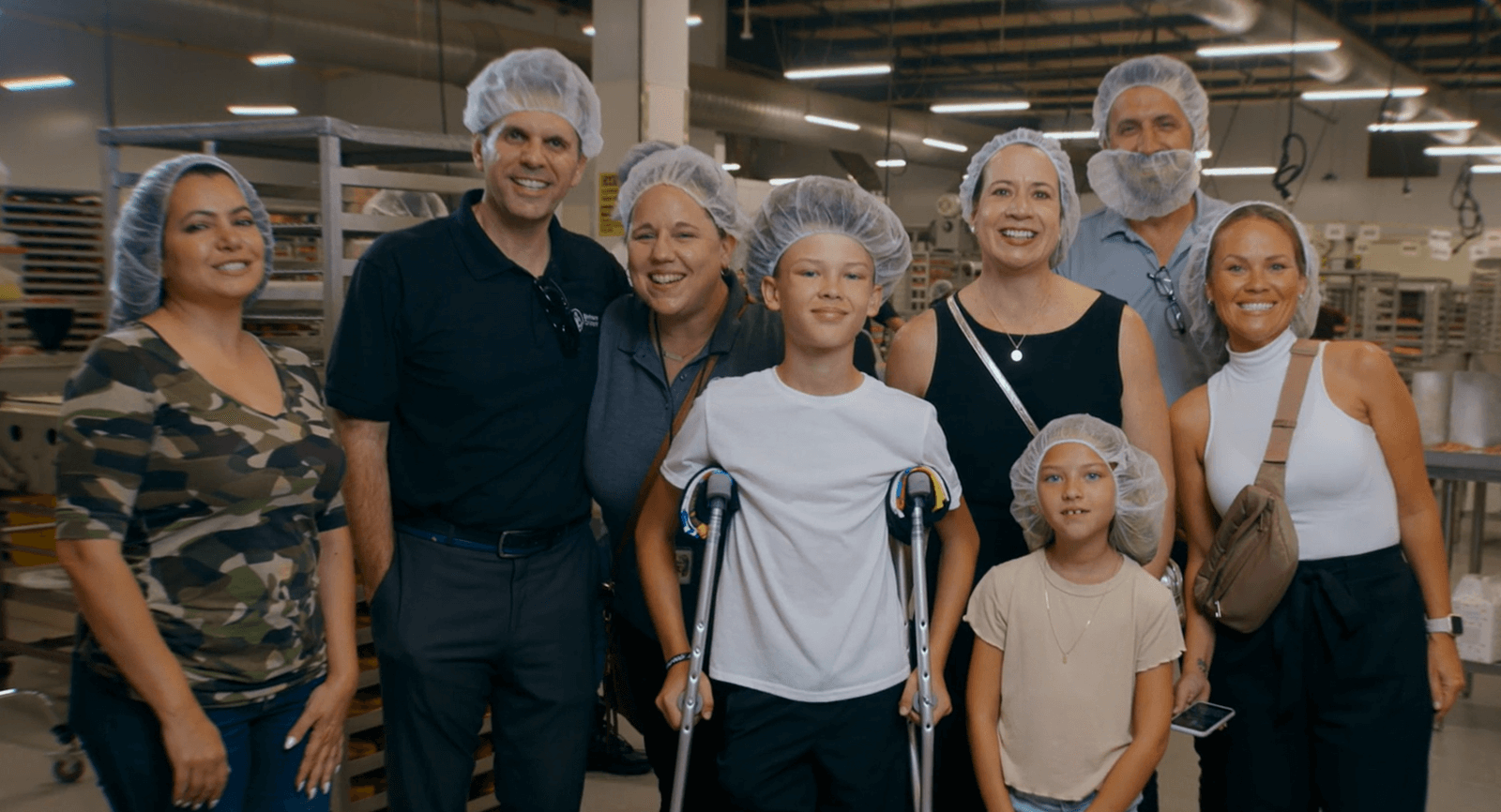Believe in MAGEC
Story Summary
When Tianni was diagnosed with infantile scoliosis, her parents did a significant amount of research to determine the best treatment options for her. Tianni also has Prader-Willi syndrome, which affects muscle tone, growth, cognitive behavior and a child’s overall development. With Prader-Willi syndrome, using anesthesia during surgery is very risky to the patient. Tianni’s scoliosis was so severe, however, that bracing was not an option.
Tianni’s parents found the answers they were looking for at Shriners Hospitals for Children — Philadelphia. The team at the Philadelphia Shriners Hospital is known for being pioneers in cutting-edge technology for spine care. When Tianni came to them, the team elected to perform a new procedure that could be offered to young children with scoliosis curves too large for bracing. The procedure involved a device known as the MAGEC (MAGnetic Expansion Control) Spinal Bracing and Distraction System, which had recently been cleared by the Food and Drug Administration (FDA) for use in young children.
In the past, these large and potentially life-threatening curves were treated with traditional growing rods, which require a moderate surgical procedure for implantation, followed by noninvasive lengthening procedures every six months. The MAGEC rods are an alternative to the emotionally and physically painful treatment regimen of the traditional growing rods and eliminate the need for repeated surgeries.
After the initial MAGEC surgery, the specially designed, implanted rod can be gradually lengthened from outside of the skin, avoiding the need for general anesthesia and an incision. Magnets outside the body are contained in an external remote control (ERC) device that communicates with the magnets of the implanted rod. The ERC is a portable, handheld unit that uses permanent magnets to automatically modify the length of the growing rod through the touch of a button in the outpatient clinic examination room. The ERC will be used a few times a year as the child continues to grow. Most children will have the rods replaced four times during their adolescence.
At age 4, Tianni was the first person in the country to receive the MAGEC Spinal Bracing and Distraction System surgery post-FDA clearance of the device. For Tianni, this innovative method gave her spine time to grow, without repeated trips to the operating room. She is now 7 years old, enjoys going to school and participates in dance class.






